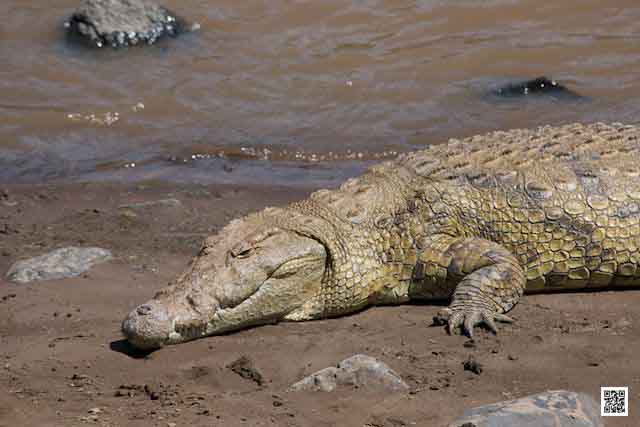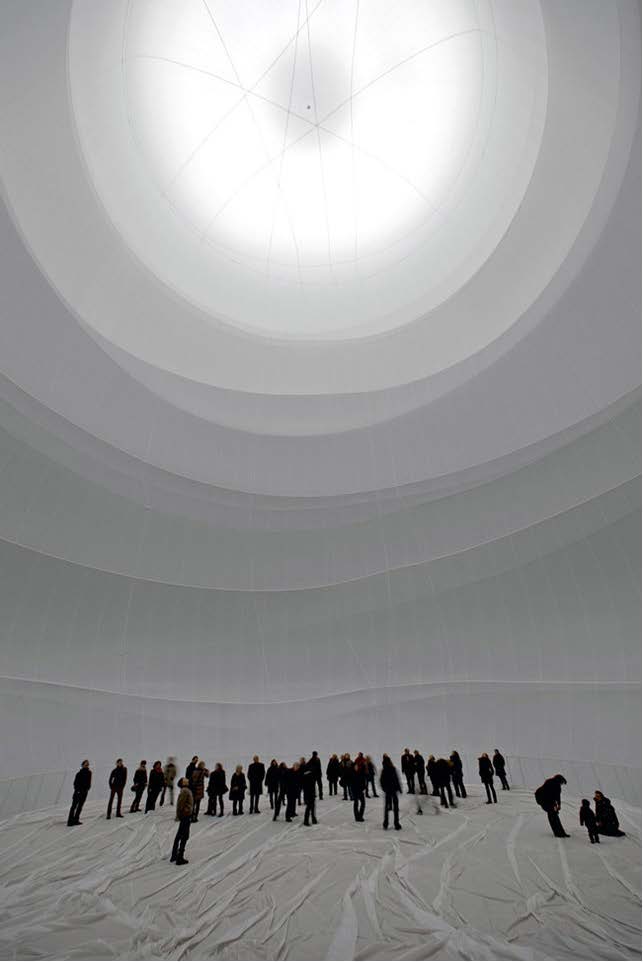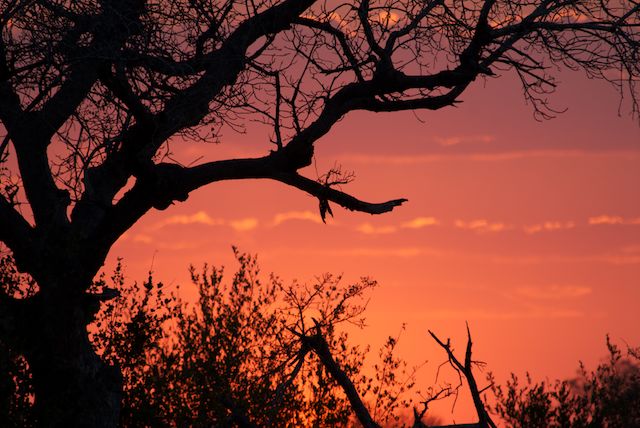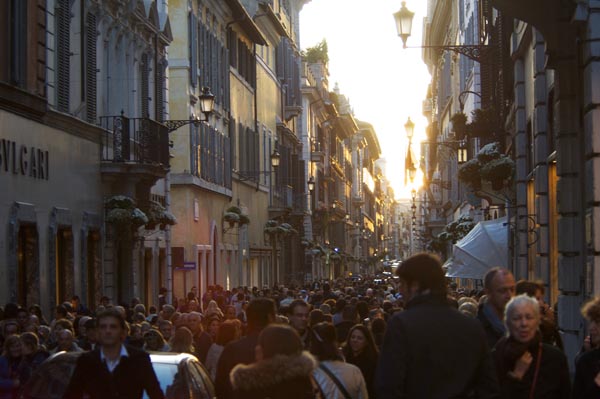24 March 2013
On Photo Safari: Safety Travel Tips for Photographers
30/03/13 10:33 Filed in: Photo Safari

Traveling for photography is the most wonderful thing to do; yet one needs to be conscious of the dangers involved to ensure a great experience and fantastic photos.
This applies to all photography travel no matter where in the world. As a photographer one carries expensive photo equipment and this can attract the interest of the more shady kind of people. So, make sure your equipment is insured in the first place. That gives already a peace of mind. But you want to photograph and not to loose it, so take precautions to be safe during your trip. When traveling in a group do not drop your guard, because you think you are fine as a group. If everyone in the group thinks that drops the guard, everyone will be a soft target for thieves. Yet its understandable that you want to focus on photography not thinking of anything else, so, make clear who in the group is taking care of safety and if you travel alone, find somebody to cover your back.
Another important safety aspect is to make backups of your photos on several external hard drives and just as at home, make sure one backup is off site, which means while traveling keeping them in different places and send one backup home, if possible. Read for more details also Joey L.’s travel tips.
Choose safe accommodation as a “home base” from where you go on your photographic explorations. For example when you want to photograph Andalusia choose a hotel that is safe and in a central location to be able to see all you want during day trips. This has several advantages. You can tell the hotel where you are going and when you think to be back. They will be able to follow up on you, if you are not returning as intended. The hotel will also be able to advice with directions and sights you should see and you avoid carrying around all your things or to pack and unpack every day. I do that anywhere that way, in Spain just as in Nairobi. The locals always know where to go, how to get there and what to do in emergencies. Just choose carefully the accommodation.
The advantage of going on pre-organized photographic safaris is that you are traveling with experienced guides and adequate safari vehicles. Yet be careful with the choice of the safari operator with regards to the vehicle and the quality of the guide. For our photography courses in the bush we always choose operators with qualified guides and 4x4 vehicles and this works very well. They are usually from good camps or lodges that provide also safes in their tents or rooms. They are not the cheapest, but provide higher safety. If you rather travel budget and solo, just be cautious and take in Joey’s tips.
Travel safe and happy snapping!
Ute Sonnenberg for www.rohoyachui.com
The Discovery of Thunder
29/03/13 10:09 Filed in: Photo Safari

This year celebrates the 200th anniversary of Dr. David Livingston’s birthday. He was one of the most remarkable explorers, crossing Africa on foot in 1856 from the Atlantic to the Indian Ocean. He was the one who spotted the Victoria Falls first and there will be celebrations in the Zambian city Livingston throughout the year.
One hears the Victoria Falls first, before one can see them. Their thunder prepares the visitor for what the eye will see, a 2 km wide and 100m tall curtain of falling water, the largest in the world.
The Victoria Falls can be explored in several ways, often embedded in Africa holidays between photographic safaris, from walking the falls to viewing them from a helicopter or small aircraft. They are impressive and a photographic challenge for photographers. An entire photography course could be dedicated to them, learning how to capture their majestic water curtain the right way to let the viewer give the feeling of being there.
The region around the Victoria Falls offers lots of activities from water activities on the Zambezi to bungee jumping and wildlife interactions in the surrounding game reserves.
Maybe this anniversary year is a good reason to visit them.
Ute Sonnenberg for www.rohoyachui.com
How to Learn with Photography in an Innovative Economy
28/03/13 11:37 Filed in: B2B

“The demands of a collaboration-based, talent-hungry, global, wired economy are evolving so quickly that success depends on nothing less than continuous learning. Fall behind and you may find yourself disqualified from the race.
One senior innovation advisor at a major energy company put it this way, “In today’s economy there is no way anybody can be an expert in a substantial part of their total field. The modern ‘renaissance man (or woman)’ is one who understands how to learn.” This is huge and so important.
Companies of all sizes in all industries are trying to meet the new imperative. Learning and Development (L&D) spending was up 12 percent in 2013, the largest jump in almost a decade. The goal is to integrate learning into a company’s culture and processes. There are also training sessions, workshops, conferences, and retreats, but the most successful strategies are those that make learning a continuous process, hardwired into a company’s metabolism.
For leaders this is both a daunting challenge and an exciting opportunity to engage and retain top talent. You have to keep your eye on the horizon, your ear to the ground and your nose in the wind. Your company’s needs are ever-changing, and you must stay one step ahead.” (Meghan M. Biro in The new rules for leadership for Forbes)
How to cope with that? What to do? How to keep learning at a high pace? Not only the learning pace has become challenging also the huge mass of date that needs to be processed is a challenge of its own. Can one do all that through reading, talking, listening? I dare to say no. We learn best through visualizations. When we see “the bigger picture”, we understand, we memorize and we get inspired to develop new things, technologies and products. The high demands of learning in nowadays economy need the matching tools to do so and photography has and will have a key role in this process. Photography makes visible what is non-visible and by doing that, it makes it easy to understand and learn. Leaders need to learn how to communicate with visual tools and not only leaders of marketing teams, who are working already with images for their marketing campaigns, leadership itself will become visual and communicated through images. The learning utilizing photography is an accelerated process. It includes fun, awe, surprise and unconscious learning, which supports and ignites innovation. Photography makes visible what the conscious mind is not able to see yet and allows quantum leaps in learning, understanding and innovating.
And how does it exactly work? First to make clear, no photography skills are needed, no photography course needs to be attended and one does not have to go on trips and photographic safaris to do it, yet this environment does support and accelerate the process. A cell phone camera is enough to start experiencing the strength of photography under the guidance of a qualified trainer, teaching the delegate through assignments to accomplish the desired results.
And now just try it and see yourself.
Ute Sonnenberg for www.rohoyachui.com
Christo: Swimming in Light
27/03/13 08:57 Filed in: Photography & Art

Christo’s art might be controversial, but what he always accomplishes is awe, surprise and a new experience. Many of us know his work only from photographs, but if you are able to visit Germany this year make a stop in Oberhausen, where Christo created as they say there, the largest indoor sculpture ever.
The installation is called Big Air Package with a huge balloon filled with air in a former gas storage silo in Oberhausen. Light shines from the top onto it and Christo self said, he had the feeling to swim in light when he saw it.
So, where is light there is photography. Take on the challenge and capture “light swimming”, get your photography course going there, maybe plan a photographic safari through Europe visiting special art exhibitions or start a photography project around this piece of art and be inspired as photographer for your own work.
Happy light swimming!
Ute Sonnenberg for www.rohoyachui.com
Photo Gear Reviews: Canon, Leica, Fuji and Apps
26/03/13 17:35 Filed in: Photo Tips

There is news on the photographic equipment market. Canon announced the new entry-level photo camera Rebel T5i and the tiny new Rebel SL1 DSLR. Read a detailed review of the T5i and the 18-55 mm kit lens by PetaPixel here. The Canon Rebel T5i can be a nice entry-level camera suitable for photographic safaris. Maybe a basic one or two hour photography course would do good to learn about the camera features and to get started operating it, to make sure its right from the start fun!
Fujifilm’s XP200 and S8400W are under review by PetaPixel as well. Read the complete reviews here and learn about their ruggedness and zoom. The XP lets you conquer any outdoor adventure and the S8400W is ideal when you shoot usually from a great distance.
For all who are phone-photo-snapping enthusiasts there is the new Digital Native App, that lets you shoot raw images with your iPhone. They claim to be the first to do that and the results look great. Have a look here.
And last but not least there is a comparing sensor review by DxOMark of the Leica M Typ 240 with Sony, Canon and Nikon. The Leica is not doing so well, but Leica lovers say that the sensor is already great for a digital Leica. See yourself here.
Have fun!
Ute Sonnenberg for www.rohoyachui.com
Egene Atget: Nostalgia and Surrealism
25/03/13 15:22 Filed in: Photography & Art

Eugene Atget, French photographer, was born in 1857 and his photography breathes the air of nostalgia, with his images telling the story of Paris at the turn of centuries. He seemed to be a shy man; referring to the photos he took that they would only be simple documents. Nonetheless others noticed their strength and Man Ray, one of the most prominent surrealists of his time purchased several of them and used “During Eclipse” for the cover of La Revolution surrealiste (via Photoblographer). Atget did not want his name on the cover picture. Maybe there was also a bit hesitation with surrealism, but that would be speculation on his thoughts. Yet it’s quite interesting that these nostalgic images are linked to surrealism, when one has in mind e.g. paintings of Dali.
The photography story of Egene Atget is a story like many others of photographers and artists who don’t think too much of their own work and hesitate to be proud of it. One got to start somewhere, with a photography course, a study or just snapping away, nothing is impossible. Just keep practicing and photographing as much as possible and the next cover photo might be one of yours!
Happy snapping!
Ute Sonnenberg for www.rohoyachui.com
ePhoto Book: Roma
24/03/13 14:13 Filed in: Photography & Art

There is a new pope, pope Francis, and he resides in Rome. Well, the photo book was made long before the new pope came, but it just gives a glimpse into the city’s life.
The photos were taken during a photography course in November with the warm Roman winter light, masses of people on the streets and the historical symbols of the city.
Enjoy beautiful Rome.
Ute Sonnenberg for www.rohoyachui.com